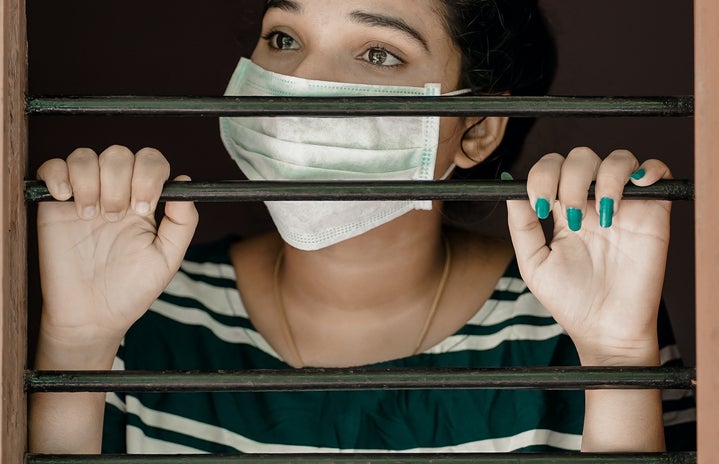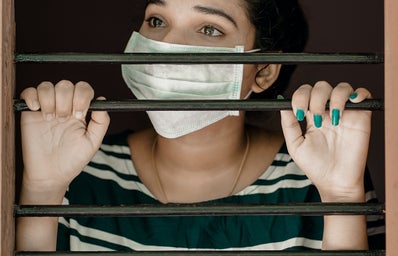March of 2021 marks one year of the COVID-19 pandemic affecting the United States. Everyone seems to have their own opinion on the definitive date that our new quarantine society began: Tuesday, March 10th because Bucknell’s President, John Bravman, announced we would be completing the semester remotely; Friday, March 13th (yes, it was Friday the 13th) because many governors, including PA Governor Tom Wolf, declared states of emergency or ordered schools switch to remote instruction; or maybe you have another date in mind for when the world seemed to stop spinning. No matter when you believe COVID-19 really started to impact your life, as we look back one year later, we can see that it has done so in immeasurable ways. Here are a few of my takeaways from the last year with COVID:
Democracy is fragile
It is just unsurprising (and a little ironic) that the most chaotic election in modern history occurred in the midst of a global pandemic. Donald Trump’s refusal to concede in the months following the election, the persistent false claim by many GOP leaders that the election was fraudulent, and, most notably, the January 6th insurrection remind us that our democracy is fragile. In the last few months of 2020 it felt like our democracy could crumble at any moment. Although our democracy still stands, that fear will not leave our collective consciousness anytime soon.
Netflix has still got it
In case there were any doubts about the viability of the once-dominant streaming platform in an increasingly saturated market, quarantine showed us that Netflix isn’t going anywhere. Netflix disappointed members by removing several key shows over the past several years, including The Office, Gossip Girl, and Friends, but over the past year Netflix arguably redeemed itself with several new hits, including Love is Blind, Tiger King, and Bridgerton. It is possible that many of these shows were only successful because everyone was craving entertainment in the early days of quarantine, but regardless, Netflix is still in the game.
Most things don’t need to be in person
One year ago, it seemed impossible that we could learn, socialize, and work completely over Zoom, and now we have seen that most things really are able to be conducted virtually. The shift to virtual interactions has created new points of accessibility and creative new opportunities for connection. It is unclear if or when businesses and schools will completely return to in person operation given the convenience offered by a remote or hybrid model. Of course, most of us prefer to live our lives in person rather than online, but the pandemic shows us that when we need to, most things can be done virtually.
We have not come as far as we would like to think
This lesson was learned over and over again in 2020 and the early months of 2021. We saw a reckoning around racial injustice and police brutality in our country, instigated largely by the murders of Ahmaud Arbury, Breonna Taylor, George Floyd, and many others. The waves of protests, the (generally insufficient) responses by businesses and institutions, and the public outcry woke many up to the current state of our country. One reflection became startlingly clear: we have not come nearly as far as we think we have in addressing systemic racism.
Occupations that are often disrespected keep us afloat
The phrases “essential worker” and “essential businesses” have been thrown around so much over the past year that they seem to have lost their meaning, but this essential designation is important. In drastically restructuring our society, we realized who is truly essential: educators, healthcare workers, transportation workers, food service workers, grocery store clerks, public servants, and all those that keep our society functioning from one day to the next. Perhaps we knew all along that the “essential” workers were not the Wall Street traders or business executives, but the pandemic reminded us of this fact and prompted us to better appreciate the sacrifices made by those on the frontlines of the pandemic.
These are just a few of the lessons I have learned over the past year, and there will undoubtedly be many more before this pandemic is considered behind us.



